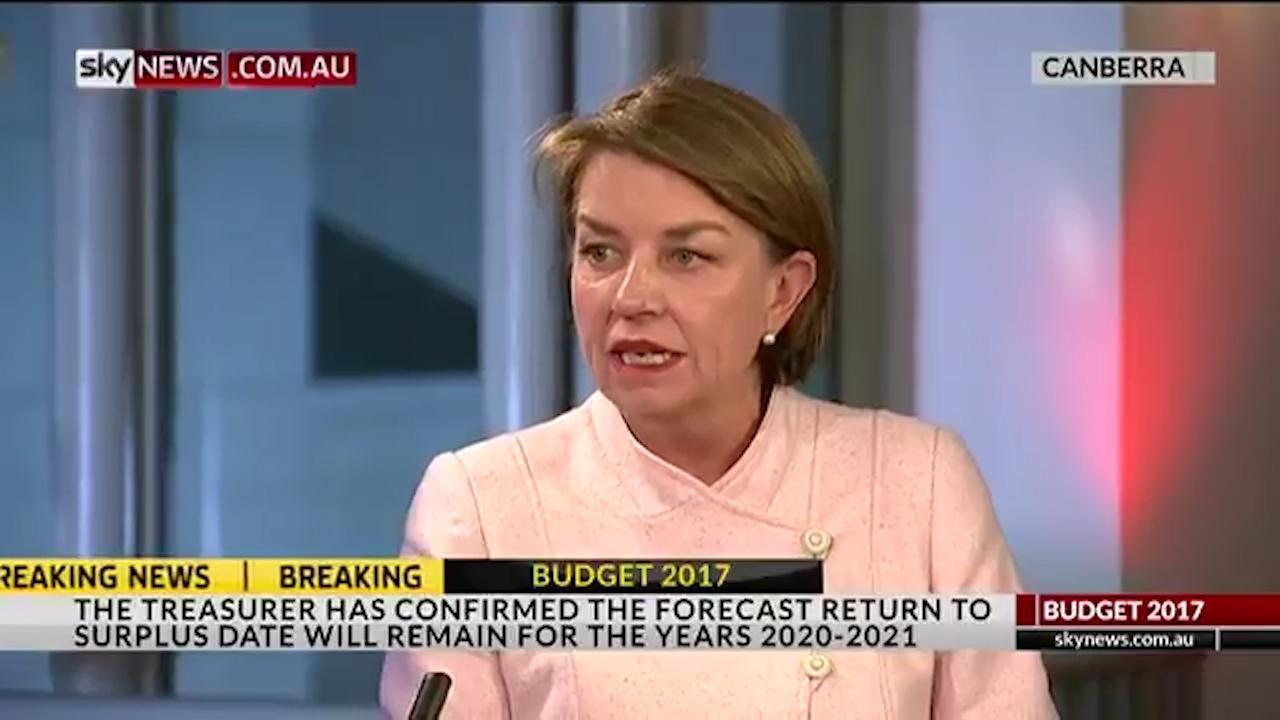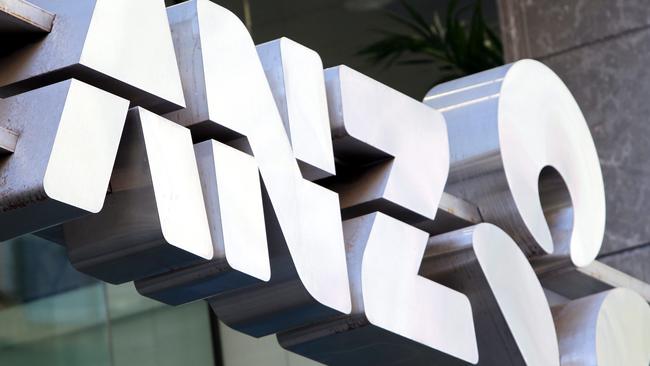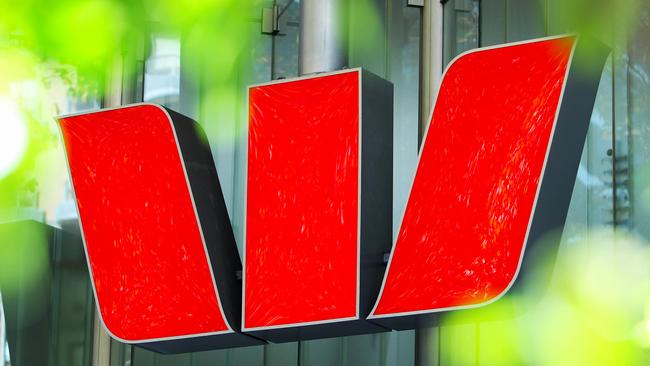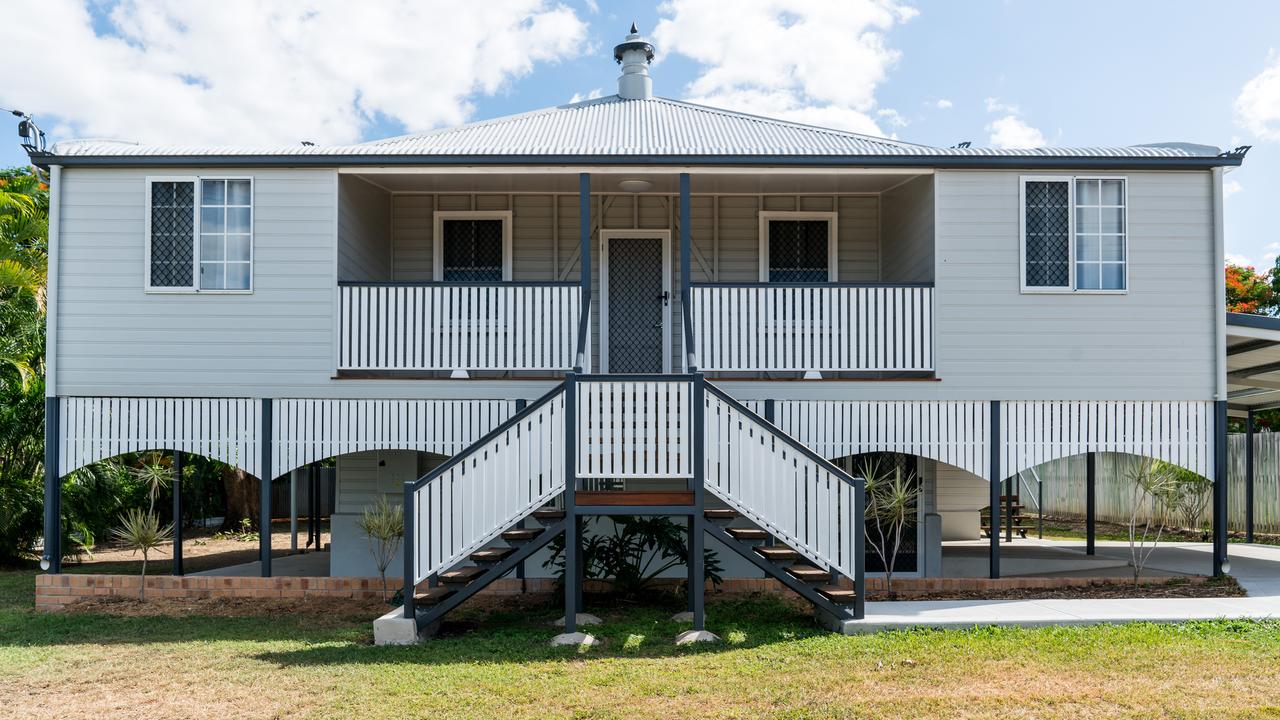Why three million of us have broken up with our banks
THE likes of ANZ, Westpac and CBA are being shunned by fussy customers. But consumer advocates say they’re still short-changing Australians.

Banking
Don't miss out on the headlines from Banking. Followed categories will be added to My News.
IT’S a big number with a whole lot of zeros and it’s keeping your bank manager awake at night.
That number is three million, the number of Australians that in the past three years have changed their bank, according to figures exclusively given to news.com.au by the peak banking association.
It’s an adage that you’re more likely to divorce your partner than you are to swap your bank.
But according to the Australian Bankers’ Association (ABA), we’re a lot more unfaithful to our financial provider than we’ve been given credit for. When it comes to how we pay, we’re playing away. If we’re not dumping one bank for another, we’re getting busy with several at once.
Banks might wake in fright at the thought of millions of customers ditching them for someone else, but they’re hoping it proves competition is rife.
However, consumer group Choice says there’s an even bigger figure customers should be paying attention to and that’s the $4.4 billion in fees Australians pay every year to their bank, according to the Reserve Bank.
The three million figure, taken from the ABA’s submission to the Productivity Commission, represents the 17 per cent of Australians who are fair weather friends to financial institutions, according to Galaxy Research commissioned by the body.
According to the research, two-thirds of the three million Australians who have switched banks found it an “easy process”.

However, the three million is also the number that the big banks hope will save the industry from a sweeping overhaul.
It’s important because right now the Productivity Commission is holding an inquiry into competition in the banking sector.
Treasurer Scott Morrison announced the probe in May, saying at the time that “the Government is taking action to increase competition in the financial system. More competition will improve consumer choices and drive down costs.”
“Australia has a competitive banking system with hundreds of providers of financial products and services, and many comparison websites at customers’ fingertips,” ABA chief executive Anna Bligh said.
Melburnian and communications worker Megan Chambers told news.com.au she dumped ANZ for Dutch bank ING within the last year.
“I had my bank account since primary school and I just stuck with it and ended up with savings, access and credit cards all with ANZ.”
It was reading Australian self-help finance book The Barefoot Investor that encouraged Ms Chambers to shop around.
She said it was easy to join her new bank but a bit more hassle transferring everything across from her old financial provider. But she doesn’t regret it.
“I feel like I’m not paying ridiculous bank fees for no reason anymore.”

Ms Chambers said she felt the sector was competitive. Not so Anita Siek, a copywriter from Brisbane. She told news.com.au, “more competition wouldn’t hurt the sector.”
Like Ms Chambers, she had an account with the same bank since childhood but now saves money with three different banks — CommBank for everyday cash, NAB for her business and Suncorp for savings.
“It is definitely too much hassle changing back accounts. The only reason I’m still with Suncorp is because it’s too much to think about [closing it].”
Appearing before the parliamentary banking inquiry earlier this year, ANZ chief executive Shayne Elliott said competition was strong and there was a significant churn within his own bank.
“We have five million different customers,” he said. “Half a million of them a year decide to go somewhere else, [but] we’re fortunate that 600,000 customers come from somewhere else.
“It’s a pretty competitive market. We have 15 per cent market share, we fight really hard to grow that and it’s hard work. I look at our biggest competitor, they’re 85 per cent bigger than us.”
The ABA said nearly half of people aged between 18 to 29 have accounts at more than one financial institution with that figure rising to 70 per cent of over 60s.
A quarter of people under 25 had switched banks in the past three years. People under 40 had a higher rate of switching than those over 40, likely due to life stage. For example more people under 40 would be getting their first mortgage or personal loan to buy a car.
Bank accounts were the easiest to change with loans harder.
Canstar data showed there were more than 1000 deposit products on offer, 4000 different home loans, almost 200 business loan products and 157 credit cards.
Choice’s Erin Turner conceded there were a large number of financial institutions in Australia but the barriers were still too high for people to easily switch and save.
“We’ve been calling for this competition probe for years. This sector needs a shake-up and we hope the Productivity Commission gives the recommendations that introduce change,” she told news.com.au.

Ms Turner said that Australians had paid $4.4 billion in bank fees in 2015 was, “damming and not what healthy competition looks like.
“The average credit card rate is over 17 per cent in an environment where we have a record low cash rate and this doesn’t make any sense.
“What we need to see is a situation where consumers pay lower prices for better products and that it’s ultimately as easy to get rid of products as it is to get out.”
But according to Ms Bligh, there was “great flexibility and choice” in bank accounts, credit cards and home loans.
In 2016, 8 per cent of credit card balances were a balance transfer, the highest level in nine years.
“Finding better deals in financial products and services is set to get even easier as open banking evolves and customers gain access to their data to shop around,” Ms Bligh said.
The Productivity Commission is currently receiving submissions to its inquiry into banking competition. The final report is due in July 2018.
Originally published as Why three million of us have broken up with our banks


